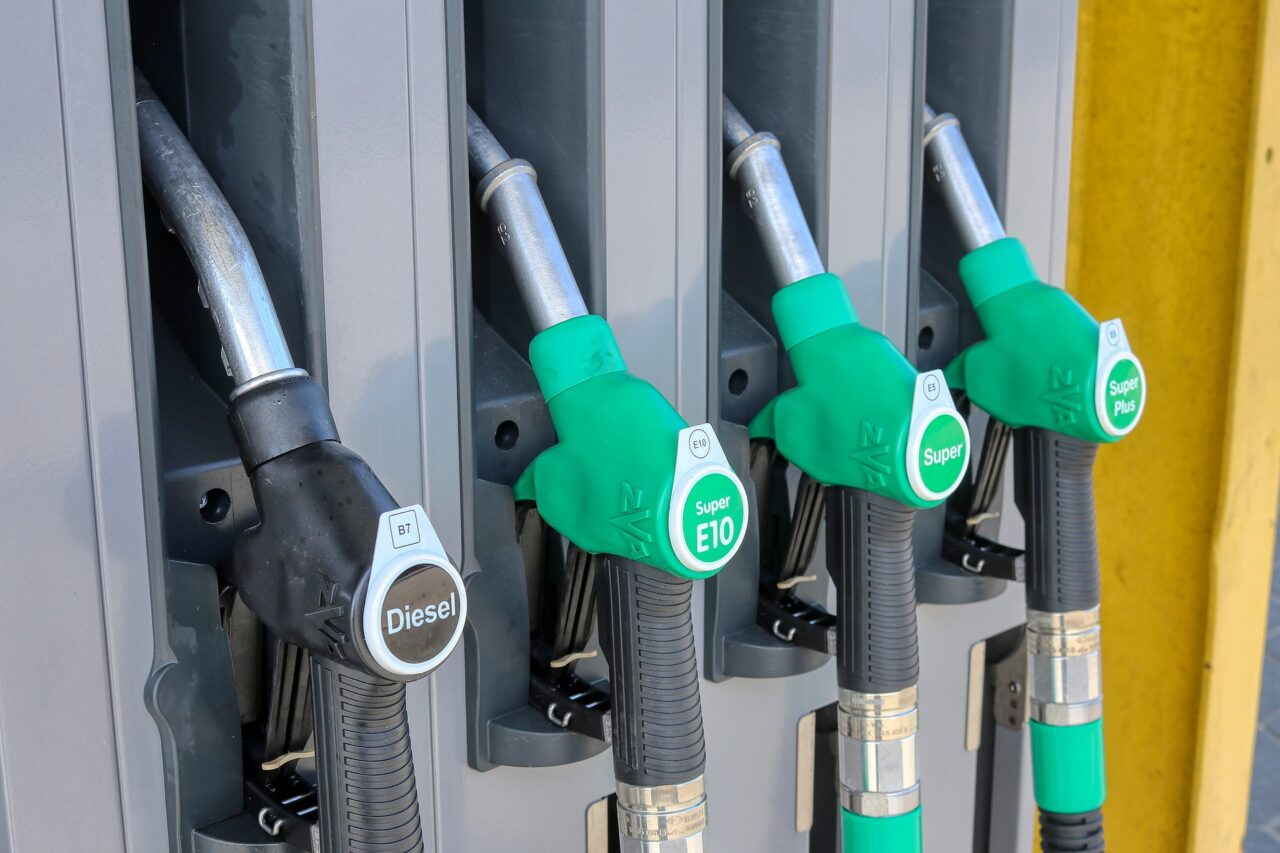Why is the cost of fuel still so high?

Fuel prices at the pumps have soared this year, reaching averages of 191p per litre of petrol and 199p per litre of diesel in June.
For months, motorists have continued to feel the squeeze as petrol stations in some parts of the country were charging more than £2 per litre.
It is currently around 173p per litre of petrol and 183p for diesel – still about 40p per litre dearer for each than it was this time last year.
It has been a burden for professional drivers such as taxi drivers, who make their living on the roads. While some taxi drivers have switched to electric vehicles and hybrids – which are more expensive to buy but cheaper to run – others have had to increase fares to help make ends meet, as we saw earlier in the year https://www.patonsinsurance.co.uk/2022/05/18/what-drives-a-taxi-fare-increase/
In addition to obtaining their taxi license from their local authority, drivers also have to have public hire insurance and private hire insurance, as well as buying and maintaining their vehicles to the high standards the industry expects.
After six months of high prices at the pumps, taxi drivers and motorists in general will be hoping to see the cost of petrol and diesel drop to much lower levels. While we would like to see a return to pandemic prices of petrol at 115p a litre and diesel was 119p, a more realistic figure is about 130p per litre, which will help us all during the current cost-of-living crisis.
While the constantly rising prices were put down to general cost of living and the invasion of Ukraine, there is another reason it costs so much to fill up a car in the UK.
It is because of the currency exchange rates. When fuel was relatively cheaper in the UK, it was down to a strong pound against a weaker US dollar on the international markets. This matters because the dollar is the currency in which crude oil is traded before being refined into petrol and diesel.
As the value of the pound continued to drop compared to the rising strength of the dollar, the cost of crude oil to the UK also increased. The exchange rate is currently about £1 to $1.18 – down from about $1.34 a few months ago.
Bloomberg reports that prices at the start of June were around 4% higher than they would have been if the UK/US exchange rate had remained constant since the start of the year.
There are several factors behind the fall, including Brexit and the pandemic, as well as Russia’s invasion of Ukraine in February.
Since Russian forces invaded, the dollar has strengthened against many currencies as it is perceived as relatively safe for investors.
Other factors that go into the cost of every litre of fuel have been broken down by the RAC which found that the actual production cost per litre – including oil production and refining – is 58.52p per litre for petrol and 71.66p per litre of diesel.
Before the soaring prices, the RAC found that forecourts made profits of 8p per litre for petrol and 6p per litre for diesel. As prices at the pumps soared, their profits reached 18p per litre for petrol and 12p per litre of diesel, although these have each dropped recently.
Despite the 5p per litre fuel duty cut earlier this year, the biggest percentage cost per litre is still tax. Fuel duty for petrol and diesel is 52.95p per litre, with VAT on top of that at 28.57p for petrol and 30.45p for diesel.
The best we can all hope for at the pumps is a more favourable exchange rate between the pound and the dollar.






